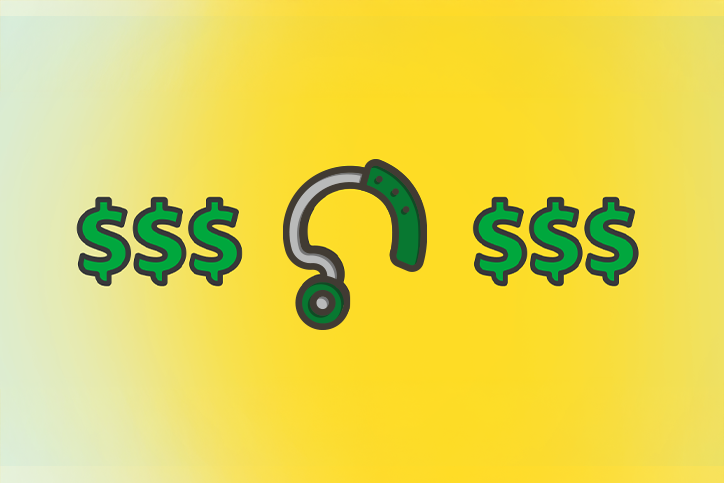It is true, the high price of hearing aids can be a barrier for individuals who want help with their hearing loss. Here at TruHearing, we’re trying to lower the cost of hearing aids; however, there are some very real factors that keep the cost of hearing aids high for most people.
Perhaps the best way to tackle this question is to break down the cost of producing and distributing hearing aids, so that you can see where all that money goes.
A large percentage of the cost is due to the amount of research and development needed to continually improve the technology that powers your hearing aid. Each year hundreds of millions of dollars are spent by the hearing industry to make your hearing aids smaller, more powerful, and more natural sounding. The R&D process involves electrical engineers, sound engineers, audiologists, computer engineers, programmers, and more.
Last year, approximately two million hearing aids were sold in the US. That sounds like a lot, but when you consider there are about 319 million people in the US, a couple million hearing aids sounds like a drop in the bucket. In fact, that’s less than 1% of the US population buying hearing aids each year. When you combine the high cost of developing hearing aids with the small market for those hearing aids, prices are naturally going to be high. For comparison, there were 143 million cellphones sold in the US in 2014, and cellphones are still several hundred dollars each.
In order to receive the proper amount of benefit from hearing aids, the aids must be fit by a professionally trained audiologist or hearing aid specialist. These healthcare providers will spend 3–6 hours on each patient for the hearing exam, evaluation, fitting, and programing of hearing aids, not to mention the cost of maintaining an office, paying staff, the cost of advertising, and more. Some of this time and effort is paid for by exam fees, but more often than not, providers offer free exams and consultations and roll up the cost of their time and services into the price of the hearing aids, making the hearing aids themselves more expensive.
Many in-the-ear hearing aids must be custom molded to your particular ear. Customizing individual hearing aids takes skill, time, and effort that also makes the hearing aids more expensive.
Today, hearing aids come with money-back return policies. When a patient is unhappy with their hearing aid, they can return it for all or part of the cost of the aid. Since these hearing aids cannot be resold to others, the cost of the returned hearing aid has to be absorbed by the provider and the manufacturer—adding to the high price of all hearing aids.
Yes, hearing aids can be expensive. That’s why at TruHearing we work directly with manufacturers, heath insurance companies, and providers to negotiate special rates and bring the cost of hearing aids down for you. If you think hearing aids are too expensive, contact us today and we may be able to help you bring that cost down.

©2025 TruHearing, Inc.
THIS IS NOT INSURANCE. All content ©2025 TruHearing, Inc. All Rights Reserved. TruHearing® is a registered trademark of TruHearing, Inc. All other trademarks, product names, and company names are the property of their respective owners.
Call or chat to speak to one of our expertly trained Hearing Consultants.
All fields marked with * are required.
*By submitting this form, I agree to the privacy policy and for my contact information to be used by TruHearing for marketing purposes.